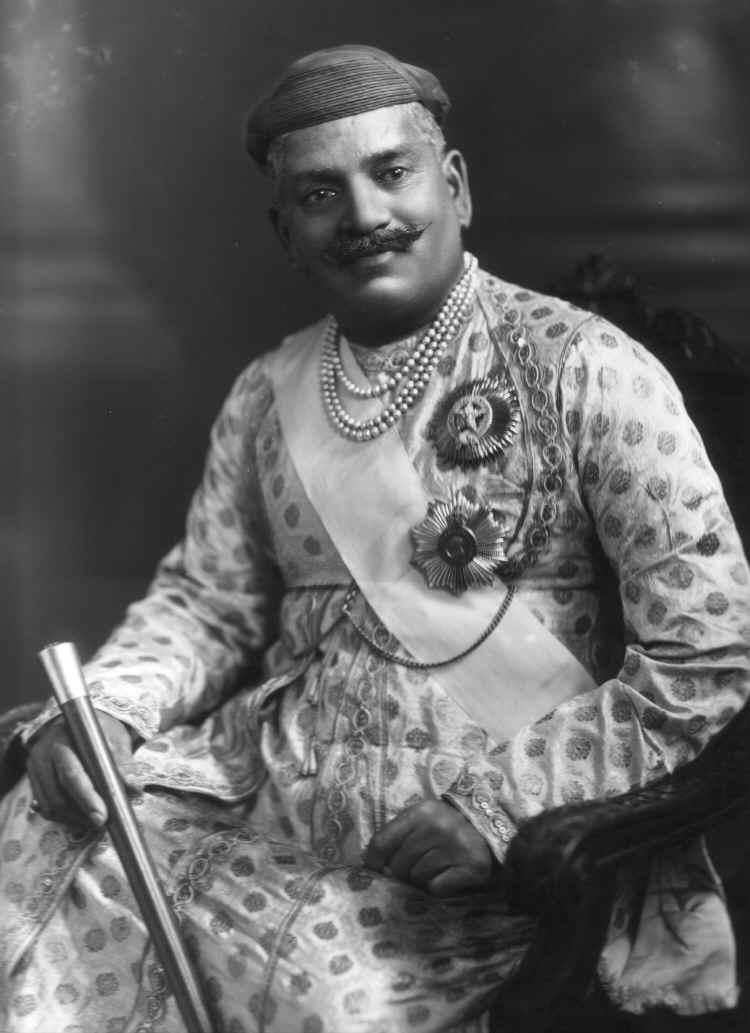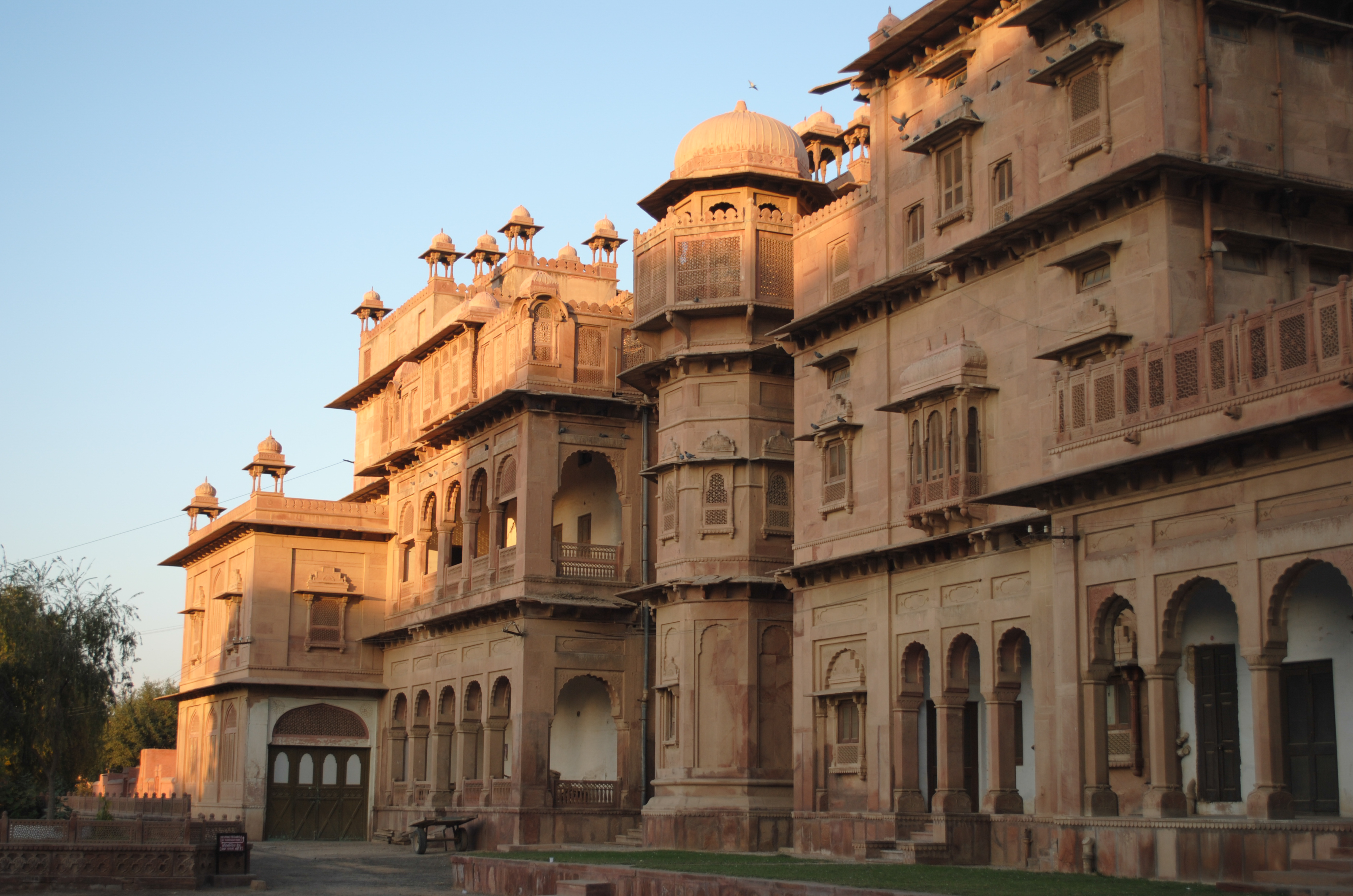|
Chok State
Chok is a village in Jesar Taluka of Bhavnagar district, Gujarat, India. It is a former petty Rajput princely state. History Historically, Chok was one of many princely states in Gohelwar ''prant'', under the colonial authority of the Eastern Kathiawar Agency, including a second village and ruled by Sarvaiya Rajput Chieftains. It was situated in the sab-division of the province known as Und Sarvaiya. It was the head-quarters of an Agency ''thana''. Geography It situated on the south bank of the river Shatrunji and is about ten miles south-south-west of Palitana. Immediately opposite to Chok on the opposite side of the river is the Lonch hill, 1426 feet high, called in Jain literature Hastagiri. The Kamlo hill over Boda-no-nes is three miles distant to the south-east. It is called Kadambgiri in the Jain annals and is 1330 feet high and is surmounted by a small temple. Demographics The population of which according to census of 1872 was 1163 and according to that of 1881 1264 ... [...More Info...] [...Related Items...] OR: [Wikipedia] [Google] [Baidu] |
Bhavnagar District
Bhavnagar District is a district of southeastern Gujarat, India, on the Saurashtra peninsula. It is also known as Gohilwar as a major portion of Bhavnagar district was ruled by Gohil Rajputs. The administrative headquarters is in the town of Bhavnagar. Geography Bhavnagar District covers an area of over 8334 km2. The coastal area is mostly alluvium. Bhavnagar borders with Ahmedabad District to the northeast, Botad District to the northwest, the Gulf of Cambay to the east and south and Amreli District to the west. History Bhavnagar State was a salute state during the Raj, ruled by the Gohil Rajputs, . Bhavnagar lost two talukas, Botad and Gadhada, to the creation in August 2013 of the new district of Botad. Administrative divisions Bhavnagar District is divided into ten talukas : Bhavnagar, Sihor, Umrala, Gariadhar, Palitana, Mahuva, Talaja, Ghogha, Jesar and Vallbhipur. There are close to 800 villages in this district, for example, Tana. De ... [...More Info...] [...Related Items...] OR: [Wikipedia] [Google] [Baidu] |
Gujarat
Gujarat (, ) is a state along the western coast of India. Its coastline of about is the longest in the country, most of which lies on the Kathiawar peninsula. Gujarat is the fifth-largest Indian state by area, covering some ; and the ninth-most populous state, with a population of 60.4 million. It is bordered by Rajasthan to the northeast, Dadra and Nagar Haveli and Daman and Diu to the south, Maharashtra to the southeast, Madhya Pradesh to the east, and the Arabian Sea and the Pakistani province of Sindh to the west. Gujarat's capital city is Gandhinagar, while its largest city is Ahmedabad. The Gujaratis are indigenous to the state and their language, Gujarati, is the state's official language. The state encompasses 23 sites of the ancient Indus Valley civilisation (more than any other state). The most important sites are Lothal (the world's first dry dock), Dholavira (the fifth largest site), and Gola Dhoro (where 5 uncommon seals were found). Lothal ... [...More Info...] [...Related Items...] OR: [Wikipedia] [Google] [Baidu] |
Princely State
A princely state (also called native state or Indian state) was a nominally sovereign entity of the British Indian Empire that was not directly governed by the British, but rather by an Indian ruler under a form of indirect rule, subject to a subsidiary alliance and the suzerainty or paramountcy of the British crown. There were officially 565 princely states when India and Pakistan became independent in 1947, but the great majority had contracted with the viceroy to provide public services and tax collection. Only 21 had actual state governments, and only four were large ( Hyderabad State, Mysore State, Jammu and Kashmir State, and Baroda State). They acceded to one of the two new independent nations between 1947 and 1949. All the princes were eventually pensioned off. At the time of the British withdrawal, 565 princely states were officially recognised in the Indian subcontinent, apart from thousands of zamindari estates and jagirs. In 1947, princely states covered ... [...More Info...] [...Related Items...] OR: [Wikipedia] [Google] [Baidu] |
Gohelwar
Gohelwar was one of the four '' prant''s or traditional provinces of Saurashtra, the others being Jhalawar or Jhalavad, Halar, and Sorath. Gohelwar covered the southeast of the Kathiawar peninsula, and roughly corresponds to the modern Bhavnagar District and Amreli District. Princely states Its salute states were : *First Class: Bhavnagar (entitled to a hereditary 13-guns salute and a 15-guns local salute, with the King titled Maharaja) *Second Class: Palitana (entitled to a hereditary 9-guns salute, with the King titled Thakur Sahib) The major non-salute states included: *Third Class: Jasdan, Vala *Fourth Class: Lathi *Fifth Class: none *Sixth Class: Bhadli, Itaria, Kotra Pitha, Limbda, Vankia *Seventh Class: Kariana Kariana is a small village in Amreli district in the state of Gujarat, India. It is on the road from Babra to Gadhda. You can also visit Ghela Somnath temple distance 15 from the Kariyana. Description This village has many peacocks and there ... ... [...More Info...] [...Related Items...] OR: [Wikipedia] [Google] [Baidu] |
Prant
A prant is a historical district in India, and a native British Raj age term for a colonial district. The same name can thus have different meanings depending on the period. Pre-colonial Some prants are traditional names for parts of historical regions, such as the original ten regions of Kathiawad on Saurashtra peninsula in Gujarat: Jhalawar in the north, Machhukantha west of it, Halar in the northwest, Okhamandal in the extreme west (controlled by Baroda), Barda of Jethwar along the southwest coast, Sorath (a Muslim corruption of Saurashtra) in the south, Babriawar in the hilly southeast, Kathiawar proper (large and central), Undsarviya along Shetrunji river and then finally Gohelwad, along the eastern Cambay coast and comminated by Gohel Rajputs. Colonial British During the British raj, the term is often applied to the colonial Districts of British India. Thus the colonial agency exercising indirect rule over the princely states in Kathiawar on Saurashtra peninsula in ... [...More Info...] [...Related Items...] OR: [Wikipedia] [Google] [Baidu] |
Eastern Kathiawar Agency
The Baroda, Western India and Gujarat States Agency was an agency of the Indian Empire, managing the relations of the Provincial Government of the Bombay Presidency with a collection of princely states. The political agent in charge of the agency resided at Baroda (Vadodara). History In 1937 the princely states of the Baroda Agency were merged with those of the agencies adjacent to the northern part of the Bombay Presidency, Rewa Kantha Agency, Surat Agency, Nasik Agency, Kaira Agency and Thana Agency, in order to form the Baroda and Gujarat States Agency. On 5 November 1944 the Baroda and Gujarat States Agency was merged with the Western India States Agency (WISA) to form the larger Baroda, Western India and Gujarat States Agency. After the Independence of India in 1947, as India and Pakistan, the rulers of the princely states of the agency signed the Instrument of Accession and joined India. Only a few princely states such as Junagadh and (Bantva) Manavadar linge ... [...More Info...] [...Related Items...] OR: [Wikipedia] [Google] [Baidu] |
Rajput
Rajput (from Sanskrit ''raja-putra'' 'son of a king') is a large multi-component cluster of castes, kin bodies, and local groups, sharing social status and ideology of genealogical descent originating from the Indian subcontinent. The term Rajput covers various patrilineal clans historically associated with warriorhood: several clans claim Rajput status, although not all claims are universally accepted. According to modern scholars, almost all Rajput clans originated from peasant or pastoral communities. Over time, the Rajputs emerged as a social class comprising people from a variety of ethnic and geographical backgrounds. During the 16th and 17th centuries, the membership of this class became largely hereditary, although new claims to Rajput status continued to be made in the later centuries. Several Rajput-ruled kingdoms played a significant role in many regions of central and northern India from seventh century onwards. The Rajput population and the former Rajput state ... [...More Info...] [...Related Items...] OR: [Wikipedia] [Google] [Baidu] |
Palitana
Pālītāṇā is a city in Bhavnagar district, Gujarat, India. It is located 50 km southwest of Bhavnagar city and is a major pilgrimage centre ("shashwat tirth") for Jains. It is first of the two vegetarian cities in the world. History Palitana is associated with Jain legends and history. Ādinātha, the first of the Jain tirthankaras, is said to have meditated on the Shatrunjaya hill, where the Palitana temples were later constructed. The Palitana State was a princely state, founded in 1194. It was one of the major states in Saurashtra, covering 777 km2. In 1921 it had 58,000 inhabitants in 91 villages, generating a 744,416 revenue. In 1656, Shah Jahan's son Murad Baksh (the then Governor of Gujarat) granted the village of Palitana to the prominent Jain merchant Shantidas Jhaveri. The management of the temples was assigned to the Anandji Kalyanji Trust in 1730. After the Second Anglo-Maratha War the Palitaena Kingdom officially declared independenc ... [...More Info...] [...Related Items...] OR: [Wikipedia] [Google] [Baidu] |
Bodanones
Bodanones is a village on Saurashtra peninsula in Gujarat, western India. History Bodanones was a village controlled by (Kamliya Ahir) chieftain. It had a population of 136 in 1901, yielding a state revenue of 1,200 Rupees (mostly from land; 1903-4) and paying 112 Rupees tribute, to the Gaekwar Baroda State and to Junagadh State. During the British Raj, the petty state in Gohelwar Gohelwar was one of the four ''prant''s or traditional provinces of Saurashtra, the others being Jhalawar or Jhalavad, Halar, and Sorath. Gohelwar covered the southeast of the Kathiawar peninsula, and roughly corresponds to the modern Bhav ... ''prant'' was under the colonial Eastern Kathiawar Agency. External links and sources DSAL.UChicago - Kathiawar Specific Princely states of Gujarat {{Gujarat-geo-stub ... [...More Info...] [...Related Items...] OR: [Wikipedia] [Google] [Baidu] |
Baroda State
Baroda State was a state in present-day Gujarat, ruled by the Gaekwad dynasty of the Maratha Confederacy from its formation in 1721 until its Instrument of Accession, accession to the newly formed Dominion of India in 1949. With the city of Baroda (Vadodara) as its capital, during the British Raj its relations with the British were managed by the Baroda Residency. The revenue of the state in 1901 was Rs. 13,661,000. Baroda formally acceded to the Dominion of India, on 1 May 1949, prior to which an interim government was formed in the state. History Early history Baroda derives its native name ''Vadodara'' from the Sanskrit word ''vatodara'', meaning 'in the heart of the Banyan (''Vata'') tree. It also has another name, ''Virakshetra'' or ''Virawati'' (land of warriors), mentioned alongside ''Vadodara'' by the 17th century Gujarati poet Premanand Bhatt, native to the city. Its name has been mentioned as ''Brodera'' by early English travellers and merchants, from which its ... [...More Info...] [...Related Items...] OR: [Wikipedia] [Google] [Baidu] |




